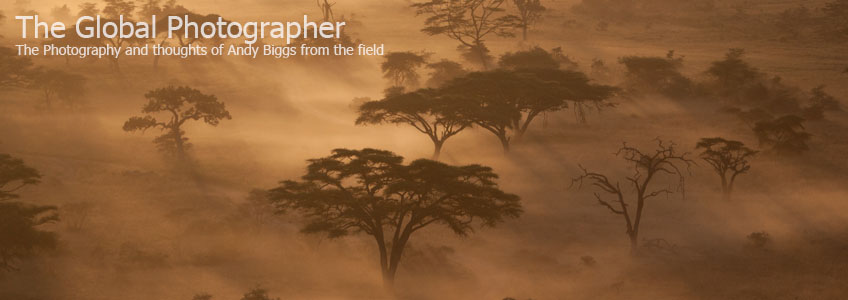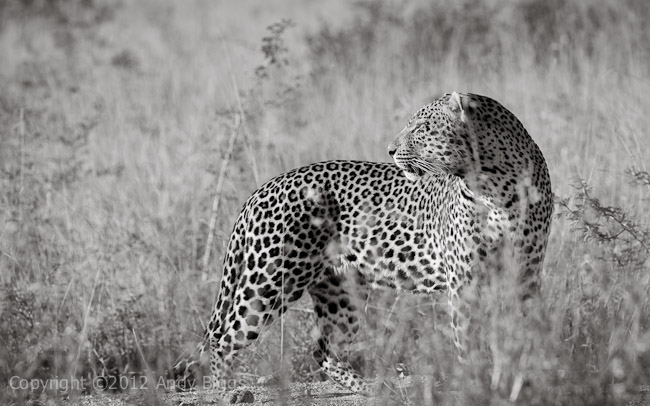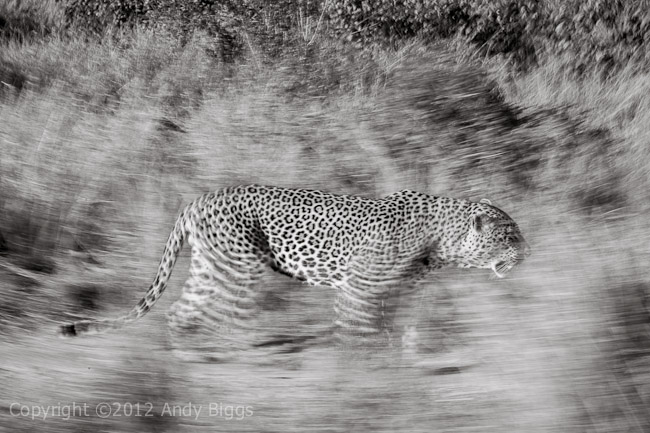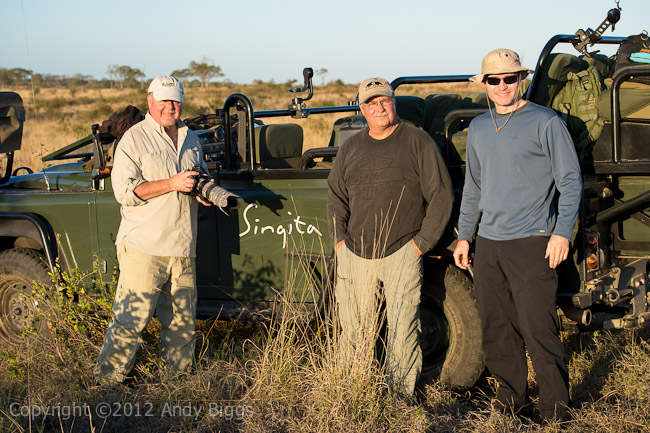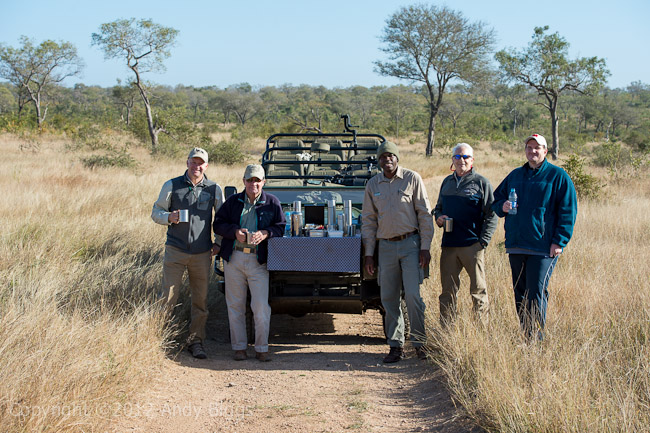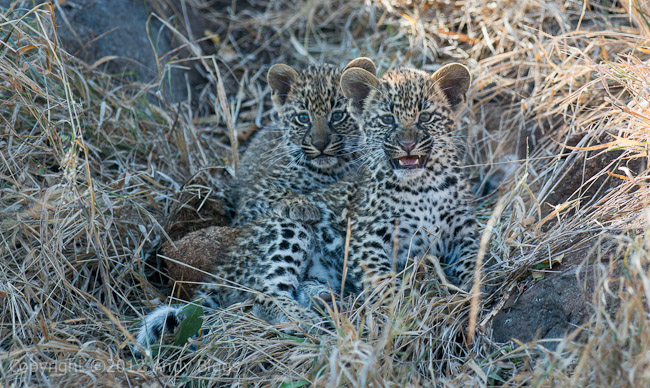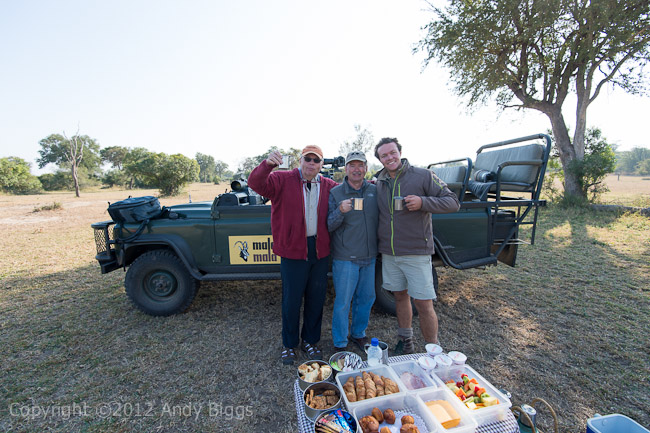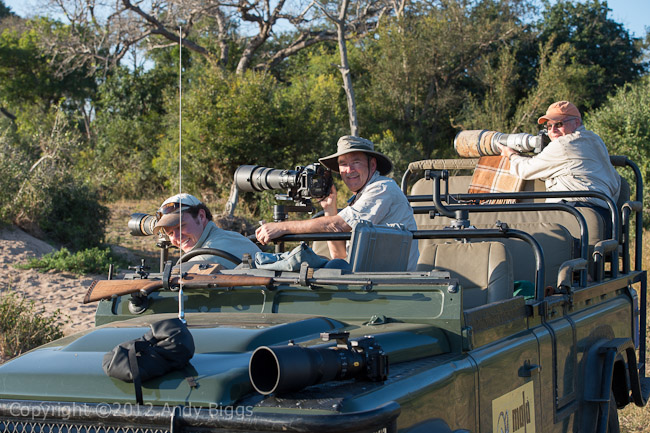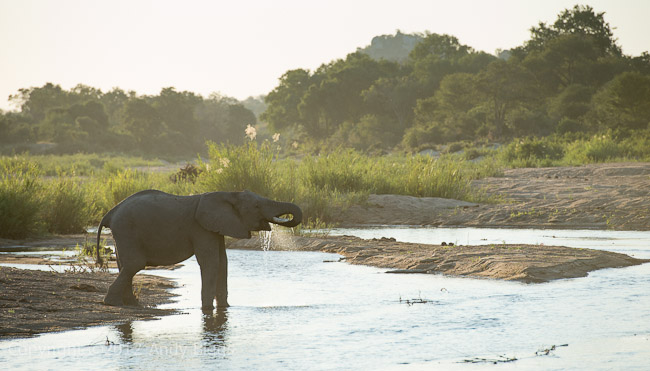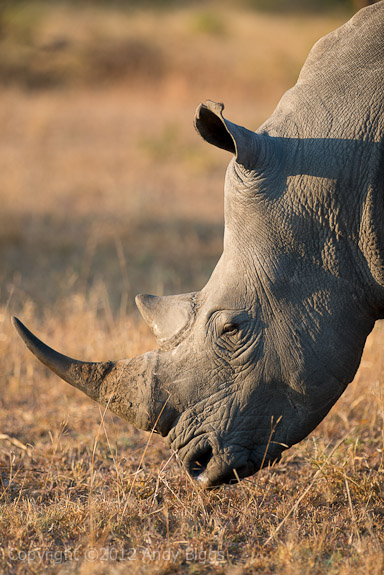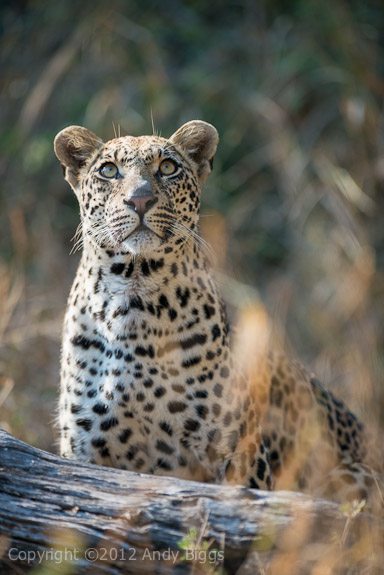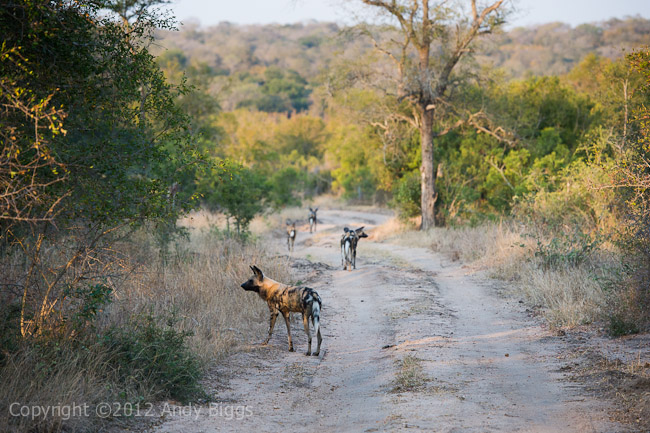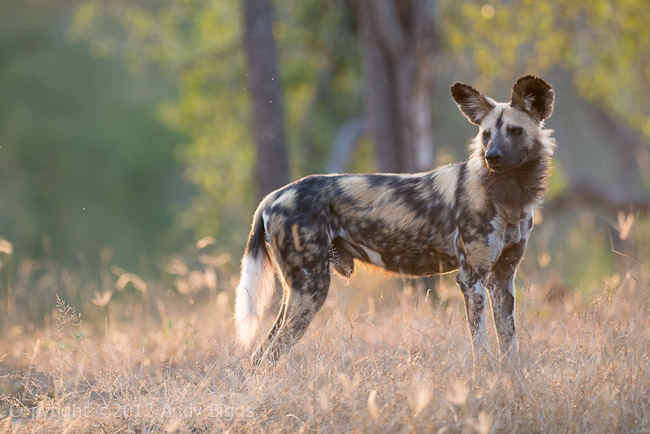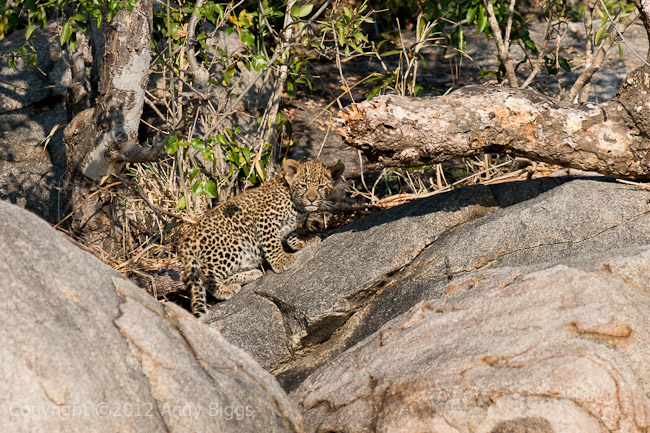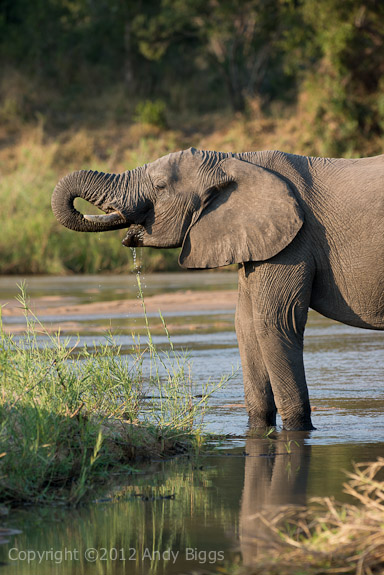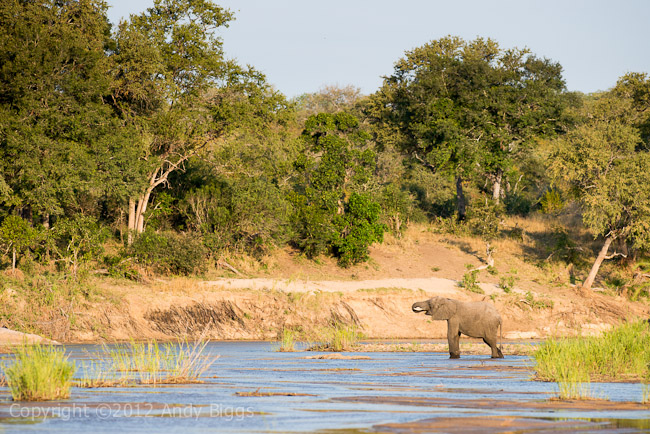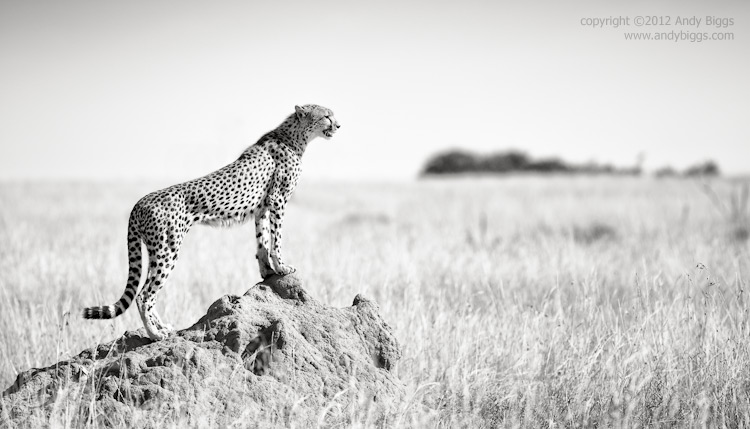
Nikon D3x, 70-200mm f/2.8 VR2, 1/2500 @ f/5.6, ISO 400
I have been back from Antarctica for about 3 weeks, and I was hoping to have more information online (both photographs as well as text) by now. Obviously the Christmas holidays got in the way, but now I sit with pen and paper and want to write about some of the things that worked from the trip and some of the things that did not. Long blog posts somehow always escape me, and I am not sure why. I think that I am torn in so many directions on a daily basis, and it makes it quite difficult to do anything that requires more than 5 minutes of my time. Yes, I am a poster child for adult ADD, but we will leave that for another post.
As far as images go from Antarctica, I didn’t take that many raw files if I compare the quantity to some of my peers. I heard numbers that were in the 10,000+ range from most of the other passengers, but I only ended up with 3,000 or so. Why so few? I can honestly say that I was busy working with 68 travelers that I didn’t have much time for my own photography. I consider my primary job to be that of a leader and instructor, and not as a photographer. Heck, nobody is paying me to take photographs, and I think other workshop leaders out there need to understand who pays the bills and why we in the industry are doing what we are doing. It is a gut check for other people in the industry to lift up their heads and listen to what customers need and how to service those needs. This is a general statement about the industry and in no way reflects on my co-leaders / instructors from this trip! It is a diatribe about what is going on in the workshop / photo tour industry that has been bugging me for a while, and I finally found a few seconds to write about it. Ok, on to the rest of the story…

Yours truly. Photo courtesy of Joshua Holko
Of the images that I did take, I have found some great ones that I am quite happy with. The processing is quite challenging, and I am finding that Adobe Lightroom isn’t the best tool for the bulk of the development work. A very delicate touch is required to get the most out of these files, and I have not found the exact mood that I am after that will help me have a consistent look across my best ones. My workflow is: Lightroom for cataloging and global development work (white balance, exposure, black point and just a few other items), Photoshop for local adjustments with the aid of Nik Software plugins (Viveza 2 and Silver Efex Pro 2). I know that it will take me many months to process and release my best images, which is ok with me.
As you may know, I did take a ton of camera gear with me to the bottom of the earth:
- Nikon D3x
- Nikon D3
- Nikon 16-35mm f/4
- Nikon 24-70mm f/2.8
- Nikon 70-200mm f/2.8 VR2
- Nikon 200-400mm f/4 VR1
- Leica S2
- Leica 35mm Summarit-S f/2.5
- Leica 70mm Summarit-S f/2.5
- Leica 120mm APO Macro Summarit-S f/2.5
- Leica 180mm APO Elmar-S f/3.5
- Really Right Stuff TVC-24 with TA-2-LB leveling base and quick release system
- Gura Gear Kiboko 30L
- Gura Gear Chobe shoulder bag
Since this was my first trip to Antarctica, I somehow thought that by bringing a ton of gear I would at least be able to figure out what I needed by the 1st or 2nd day and only use the items that I needed most. Note: Leica loaned me the S2 kit for the trip, as well as for a trip earlier in 2011 to Moab, Utah. I am writing up a field review for Luminous Landscape that should be complete within the next few weeks.

Nikon D3, 24-70mm f/2.8, 1/2000 @ f/6.3, ISO 800
I ended up using my Nikon D3x and the Leica S2 the most, primarily because I favored larger file sizes over high ISO noise performance. Most of my D3x images were shot at ISO 800 or under and the Leica S2 was shot at ISO 320 or 160. I did have to push it to 640 a few times, but I was more comfortable with the lower ISO values. I didn’t have a single mishap with any of my 3 cameras, however I did see a number of Canon 5DMk2 and 7D bodies give up the ghost. Some came back from the dead and a couple did not. If you are planning on an Antarctica adventure, please be aware that you will benefit from having sealed cameras with you, such as the Canon 1 series bodies or the Nikon D3, D3x or D3s bodies. It really does make a difference.
Most of my images were captured between 24mm and 200mm, and I was surprised to see that my 24-70mm was my most used lens when I looked in Lightroom at the metadata. Very surprising. My #2 most used lens was the Leica 120mm, then the Leica 70mm, Nikon 70-200mm, Nikon 16-35mm and then the Leica 35mm. I am only speaking of my favorite images, which are less than 100. We had a nice balance between Canon and Nikon equipment, as well as Phase One, Hasselblad and Leica. I didn’t see much in the way of 4/3 system equipment, now that I think about it.

A landing on Deception Island
Leica S2, 35mm Summarit-S, 1/2000 @ f/2.5, ISO 160
I only used my tripod once, which was when I went hiking with my 200-400mm lens on a rainy and windy day. I am likely to leave the two items behind if I decide to go back to Antarctica in the future. With that being said, I will absolutely take the combination if I make it to South Georgia and the Falklands, due to more abundant wildlife opportunities. I did have a failure of a camera strap, and I feel fortunate that I was able to catch my D3x before it hit hard rocks below. I was using a Pacsafe Carrysafe 100 camera strap, and the connection hardware at the camera failed by snapping off at the swivel on one of the sides. UGH. I just feel fortunate to have caught my camera before it landed on hard ground.
I took all of my camera gear in 2 bags: the Gura Gear Kiboko 30L and Chobe. The combo worked perfectly, both for travel to get to Antarctica as well as for shooting in Antarctica. I did use the included rain cover for the Kiboko 30L on a daily basis, due to the rain, sleet and snow that we encountered almost every day.

Leica S2+ 70mm and Nikon D3 + 70-200mm VR2
I packed the perfect amount of clothes for this trip, and I am not sure what else to say about it. Laundry was always available, and there was no need to overpack. Quark Expeditions gave each of us a heavy parka for us to keep, and they had boots for us to use, and these were provided to us when we got on board the ship. What an awesome way to go, because I didn’t have to travel with large, heavy clothing. I did bring NEOS Adventurer overshoes, which are my biggest recommendation for anybody traveling to the frozen continent. These overshoes fit over my light hiking boots, and made walking in snow quite easy and comfortable. I have high arches and have Supertfeet insoles to help me with comfort. I did use the supplied rubber boots on one occasion and never liked how they felt, so I went back to my NEOS overshoes for all other excursions.
Since this voyage to Antarctica required the crossing of the Drake Passage, it goes without saying that I needed drugs to help me with the extreme rocking and rolling. Each passage took around 50 or so hours, and can only be described as not that much fun. Well, ok, it sucked. On the way down I used Scopolamine patches, which didn’t work at all. I needed something else, because I had nausea every time I stood up for more than 5 minutes. Scopolamine just made me sleepy as well as thirsty. Thank God I had another option, which was Zofran. I remember my mother used Zofran when she was going through chemotherapy, and if it is good enough for cancer patients it must be good enough for me. It worked like a charm, and my recommendation to Antarctica travelers is to always have 2 solutions to seasickness, just in case your first solution doesn’t work as planned. Quark had an on-board doctor with another set of drugs, and some of the travelers took advantage of the service. Needless to say, the Drake Passage on the way back was a 100% Zofran voyage.

Leica S2, 70mm Summarit-S, 1/250 @ f/8, ISO 320
My Antarctica adventure was a trip of a lifetime, and I look forward to the day when I am able to return. I feel fortunate that all of the gear that I took with me worked as anticipated, except for the mishap with the camera strap. I do feel sorry for those who were affected by moisture with their 5DMk2 and 7D cameras, and am glad that most were able to get them back working again. I think pro cameras are the way to go if one can financially pull it off to bring one (or more than one). I am a huge fan of renting gear, and Borrowlenses.com has a great rental program for such equipment.
 Wednesday, June 6, 2012 at 05:29AM
Wednesday, June 6, 2012 at 05:29AM 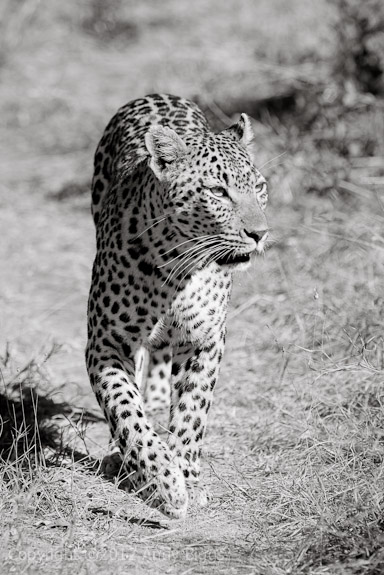
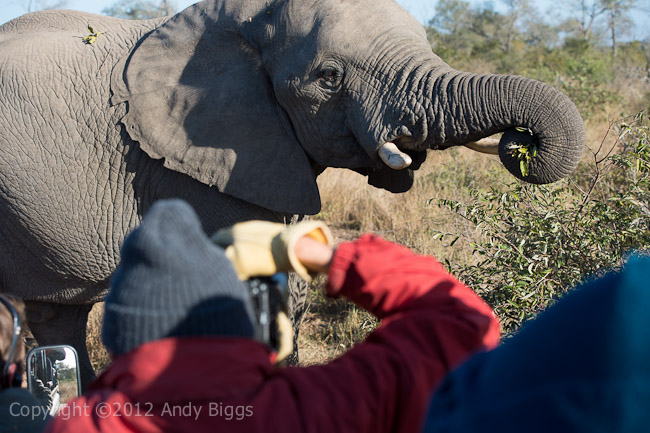
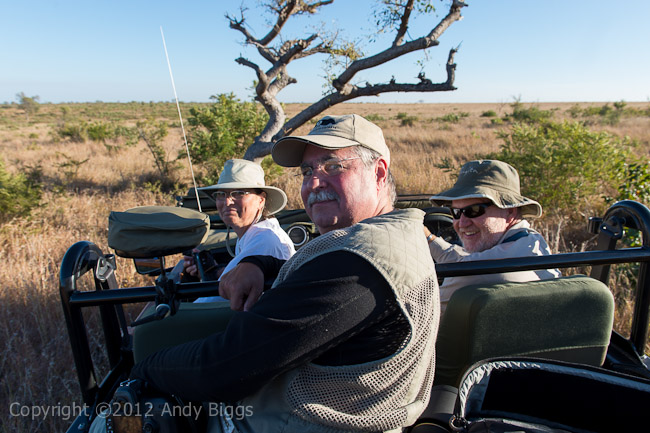
 Elephant,
Elephant,  Sabi Sands,
Sabi Sands,  South Africa,
South Africa,  africa,
africa,  safari in
safari in  Safari Reports
Safari Reports 